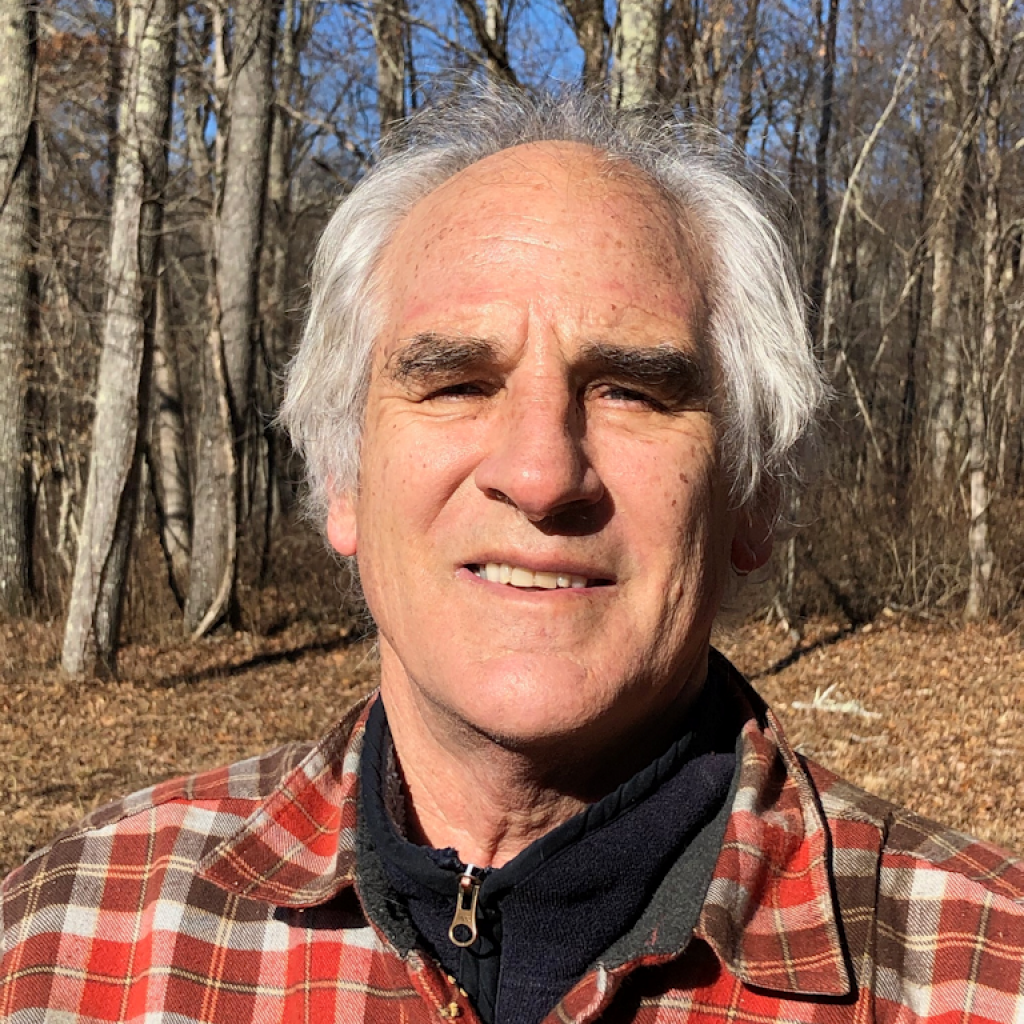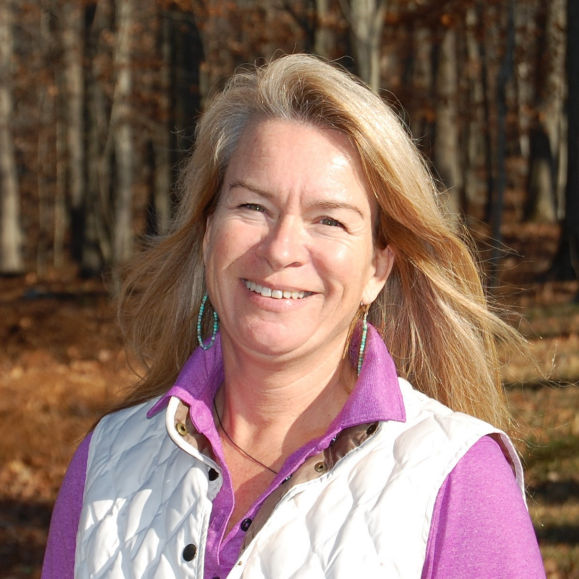View the original press release for this news item.
Lyme – The Lyme Land Trust announced Wednesday the acquisition of a new 46-acre woodland preserve on Gungy Road that is the key remaining link needed to form an unbroken east-west greenway corridor running across a long swath of southeast Connecticut.
The purchase was enabled by donations from members of the Sargent family to honor the late David C. Sargent, an avid naturalist who lived all his life in Connecticut and helped with natural preservation initiatives along Connecticut’s shorelines. Among his hobbies was poetry, and a number of his poems were inspired by his love of nature.
At the request of the Sargent family, the preserve will be named Walbridge Woodlands. The new preserve features a dramatic ridge with seasonal views of the surrounding forests, striking stone outcroppings and ledge rock, quiet wetlands, and the remains of a unique stonewall livestock enclosure that hints of the land’s pastoral history.
“Walbridge Woodlands is a fitting tribute to David Sargent,” said Land Trust President John Pritchard. “We look forward to working with three generations of the Sargent family — his wife, children and grandchildren — to make Walbridge Woodlands a sanctuary where visitors can connect with nature and learn about the natural world.”
Pritchard thanked the Sargent family, noting that its generosity has dual benefits for Lyme. “We are grateful for this generous gift to the Land Trust,” he said, “because it not only enables us to preserve this important piece of property but also to begin working on other projects around our town.”
The Land Trust said the new preserve, which is located on the eastern side of Gungy Road, will remain in its natural state as forested uplands and wetlands. The Trust plans to open the preserve to the public for hiking and nature appreciation as soon as it can develop trails and pathways.
“Walbridge Woodlands completes a vast 8-mile greenway of protected land, running from Darrow Pond in East Lyme west through virtually the entire breadth of Lyme almost to the Connecticut River,” said Pritchard. “It is the final piece of fabric in a quilt work of open space preserved by the state, the towns of Lyme and East Lyme, The Nature Conservancy, our land trust, Yale University, and private land owners who have placed permanent conservation easements on their properties.”
Walbridge Woodlands connects two existing greenway corridors — one in East Lyme and the other in Lyme – that now form one seamless belt of preserved forestland stretching east-west across both towns.
On the east the new preserve connects to the portion of Nehantic State Forest in East Lyme. On its east the state forest connects to Yale’s Outdoor Education Center on Scott Road that in turn borders on East Lyme’s new Darrow Pond Preserve on Rt. 161 near the eastern edge of the town.
On its west Walbridge Woodlands will connect to an existing greenway that starts on the west side of Gungy Road and runs across hundreds of acres of privately owned woodlands protected by deeded conservation easements along northern sections of Beaver Brook Valley. At Rt. 156 this privately preserved land connects to The Nature Conservancy’s Pleasant Valley Preserve, which is part of five contiguous preserves known as the Mt. Archer Complex that extends from the Eightmile River, over Mt. Archer to Joshuatown Road and nearly to the Connecticut River in the western part of Lyme.
The new preserve also is the link connecting several preserved forestland parcels on a shorter north-south axis, Pritchard said.
On the north it borders Lyme’s Hartman Park, which in turn connects to the Bingham family’s open space in Salem. On the south Walbridge Woodlands borders Lyme’s recently received gift of the Ruth Young property, which connects to the Land Trust’s Beebe Preserve on the south side of Beaver Brook Road.
“Together, all of these protected areas safeguard a rare diversity of habitats, including streams, fields, wetlands and several woodland forest types as well as critical watershed lands containing several miles of high quality tributaries of several important waterways, including the Connecticut River and the Wild and Scenic Eightmile River,” said Pritchard.






